Industrial valve manufacturing process: from raw materials to final product
The industrial valve manufacturing process is a complex and meticulous process, from selecting raw materials to the final product. Tools and material handling techniques play an important role in creating valve components. Let's learn about the industrial valve manufacturing process in more detail.
Ordering and Design
The industrial valve manufacturing process begins with ordering from the customer and detailed design of the product. Once the design is approved, the manufacturer places orders for the necessary raw materials and materials. This includes collecting and purchasing raw materials from supply sources.
.jpg)
Inventory and Collection of Materials
Once enough raw materials are available, the materials need to be inventoried and compiled. Components and accessories should be inspected to ensure their completeness and quality before entering the manufacturing process.
Production process
The industrial valve manufacturing process includes many important steps such as cleaning, casting, machining, and surface treatment of valve parts. Casting and forging methods are commonly used to create key valve parts, including the valve stem, body, and seat. This includes cutting, forging, trimming, sandblasting, machining and surface treatment. This process can use cores to create parts with complex internal cavities.
Assembly and Quality Check
After creating the parts, the assembly process begins. The main components of the valve must be meticulously assembled to form the finished product. This process includes testing and ensuring the accuracy and functioning of the parts.
.jpg)
Check pressure
The final product must undergo pressure testing to ensure the tightness and safety of the valve. Hydrostatic pressure testing is an important part of this process, ensuring that the valve is capable of withstanding high pressures and has no leaks.
Quality control
Finally, all industrial valve products must undergo rigorous testing and quality control. This ensures that every part of the valve meets quality and safety standards. Manufacturers need to adhere to a rigorous quality control and testing process to ensure the final product is reliable and safe for industrial applications.
.jpg)
Thus, the industrial valve manufacturing process is a series of elaborate steps to ensure the quality and safety of the final product. It is this meticulousness and quality control that goes into the process that plays a key role in meeting the diverse needs of the industry and ensuring valve performance in real-world applications.
PHUC MINH ENGINEERING COMPANY LIMITED
Hotline: +84902800728
Tel: +842835352125
Email: info@pm-e.vn
Website: www.pm-e.vn
Related News
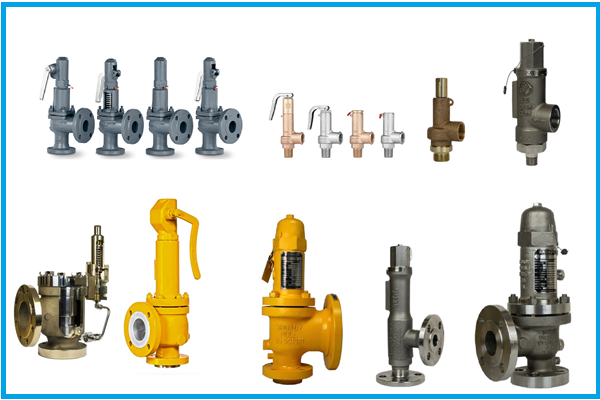
Benefits and uses of safety valves
05/11/2025
Safety valves are essential devices in industrial systems, designed to protect equipment and ensure operator safety. Below is a detailed analysis of the benefits and applications of safety valves.
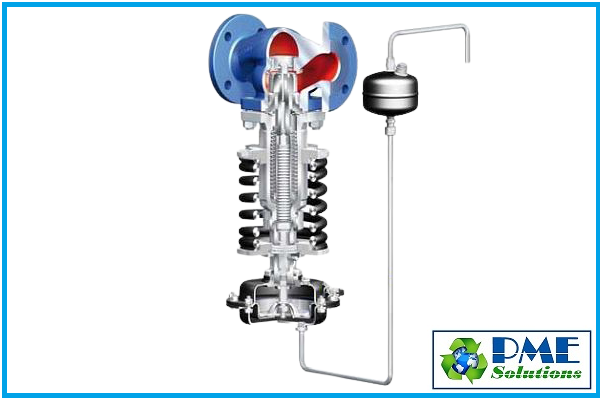
Benefits, Functions, and Applications of Pressure Reducing Valves
05/11/2025
Pressure reducing valves, also known as pressure regulating valves, are critical devices in industrial piping systems that help control and maintain safe pressure levels, protecting equipment from damage due to overpressure. Below is a detailed analysis of the benefits, functions, and applications of pressure reducing valves.
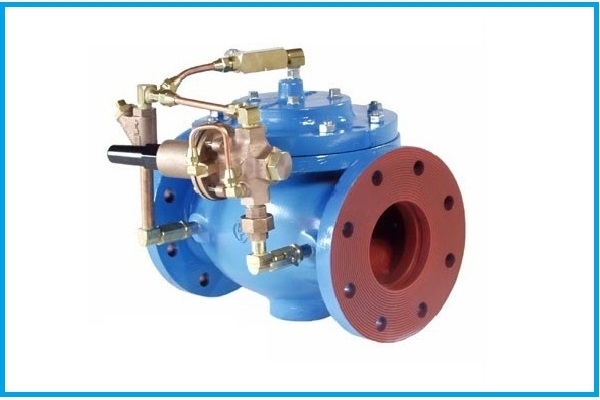
What is a pressure reducing valve? Structure, Operating Principle, Adjustment and Classification of Pressure Reducing Valves.
05/11/2025
Pressure Reducing Valve is also known as pressure regulator, pressure stabilizer, pressure regulating valve, etc. It is a type of industrial valve installed on the pipeline, with the function of reducing pressure and stabilizing output pressure, so that the output pressure is always smaller than the input pressure of the system, helping fluids to be easily transmitted to different devices. but the pressure is not too different.
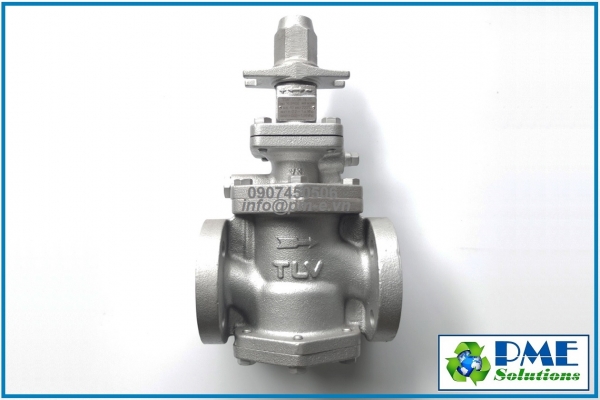
Overview Of Pressure Reducing Valve (Prv)
05/11/2025
A Pressure Reducing Valve (PRV) is a device used to regulate and maintain a constant downstream pressure by reducing high inlet pressure to a safe and stable level. It plays an essential role in protecting piping systems, equipment, and ensuring operational safety from overpressure. PRVs are widely applied in: Steam systems Compressed air systems Water distribution systems Hydraulic and industrial process systems
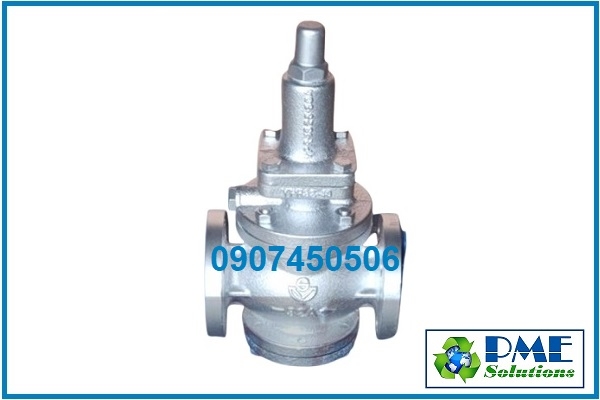
WORKING PRINCIPLE OF SAMYANG PRESSURE REDUCING VALVE
05/11/2025
Samyang pressure reducing valve is an automatic pressure control device widely used in steam, air, water, and hydraulic systems. Manufactured in Korea, Samyang valves are designed to stabilize outlet pressure, protect equipment, and extend the lifespan of piping systems.




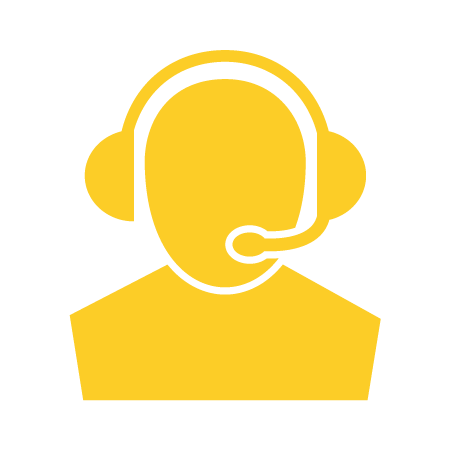


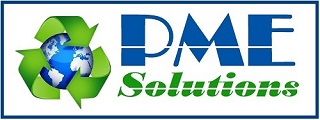

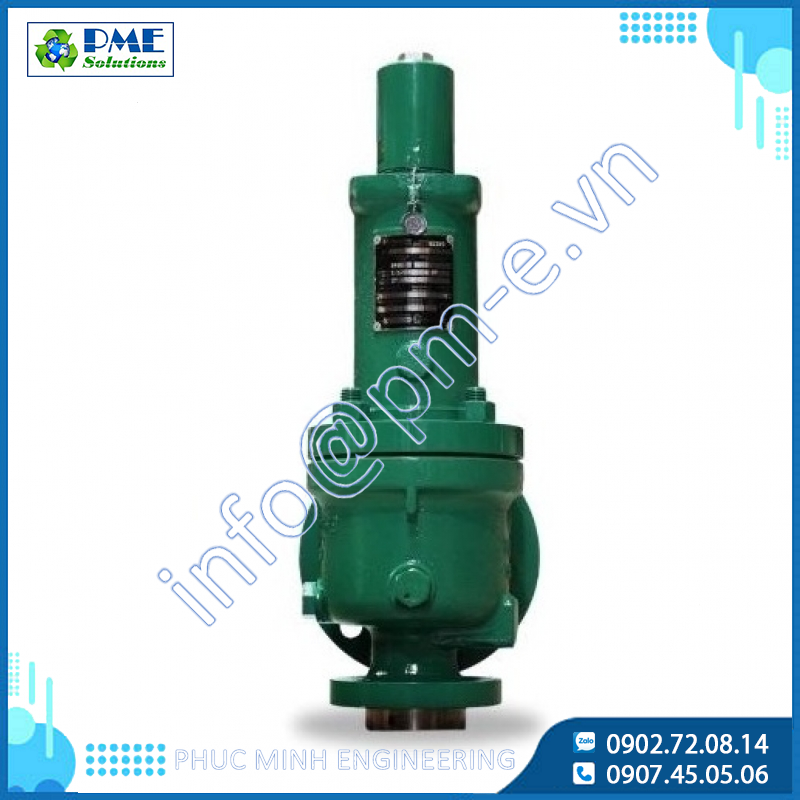
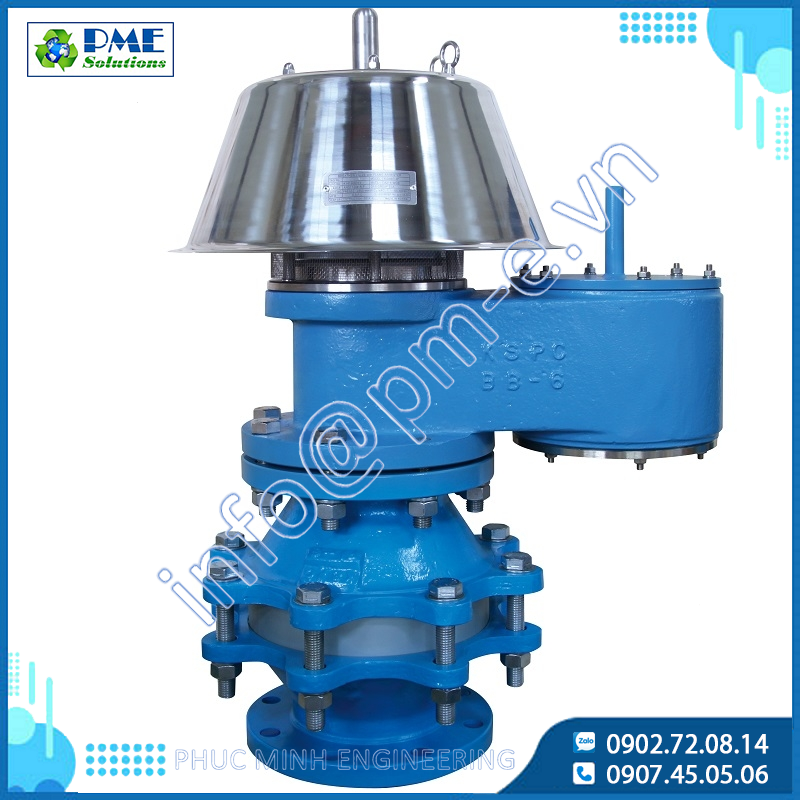





.png)






